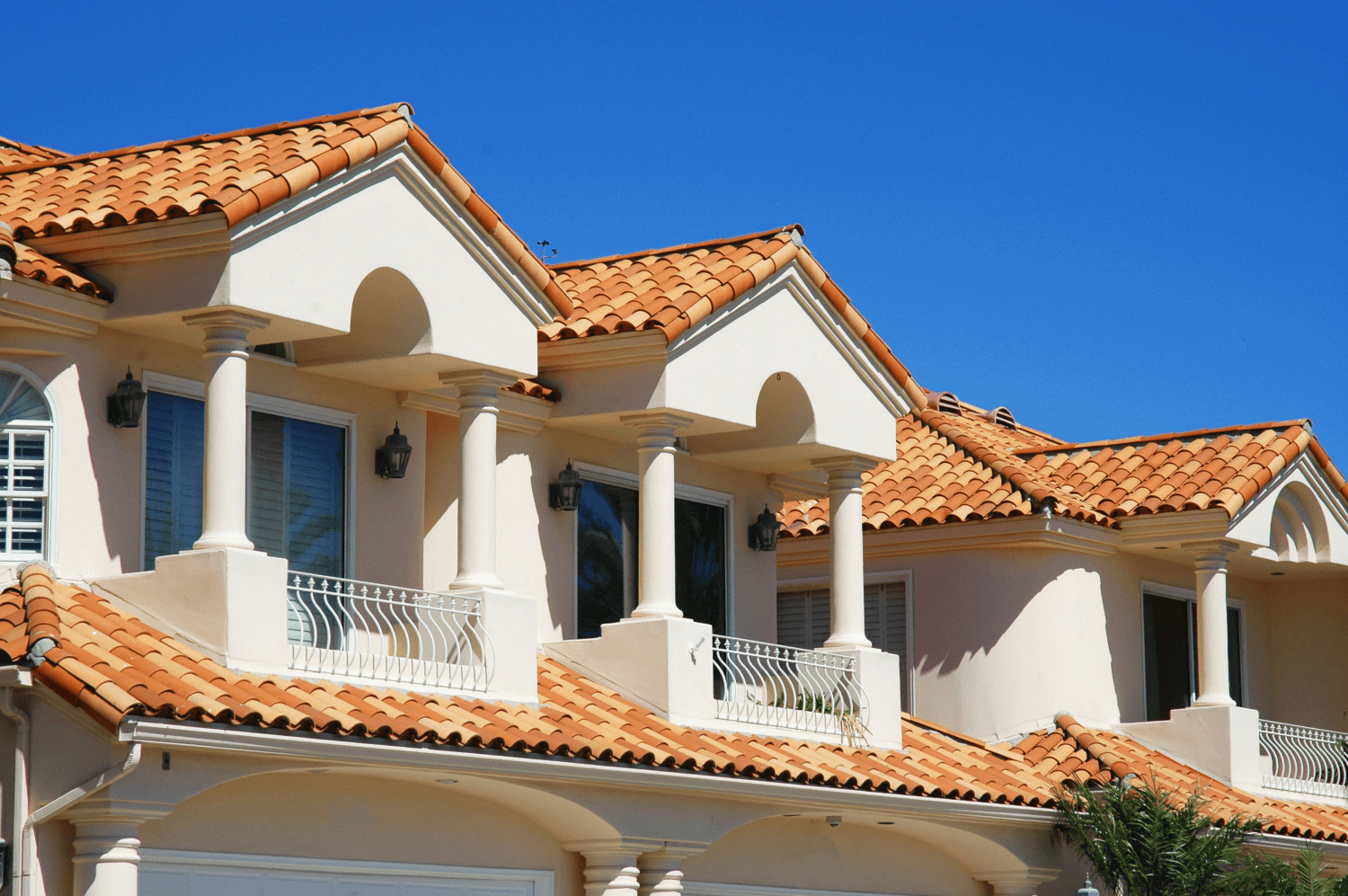Roofing Trends You Need to Know for a Modern and Sustainable Home
Roofing Trends You Need to Know for a Modern and Sustainable Home
Blog Article
Exactly How to Pick the Best Roof Material for Resilience and Aesthetic Appeal
Picking the ideal roof covering product requires a mindful examination of both longevity and visual appeal, as these components dramatically affect the general worth and performance of a property. Factors such as neighborhood environment, architectural style, and upkeep demands play critical duties in this decision-making process. While options like steel and slate use phenomenal durability, the visual features of a roof covering can improve or detract from a home's layout. Recognizing how to integrate these elements with budgetary restraints is necessary; however, the subtleties of this equilibrium may not be immediately apparent.
Recognizing Roof Material Kind
When it comes to choosing the appropriate roofing material, recognizing the various types readily available is necessary for making an informed decision. The selection of roof product can considerably affect the long life, appearance, and upkeep of your home.
Asphalt tiles are among the most preferred options as a result of their cost and convenience of installation. They come in various colors and styles, making them flexible for various building layouts. Steel roof covering, known for its resilience, is offered in materials such as steel, aluminum, and copper. It offers excellent resistance to extreme climate condition and can improve power performance - Roofing.
Ceramic tile roof, typically made from clay or concrete, is valued for its aesthetic appeal and longevity, though it can be larger and extra costly. Slate roof, a premium option, provides a timeless appearance and extraordinary sturdiness yet calls for specialized installment.
Examining Longevity Variables
Longevity is a vital consideration for property owners examining roof materials, as it directly affects the life-span and efficiency of the roofing. Different aspects add to the total durability of roof materials, including weather condition resistance, product structure, and upkeep needs.
Climate resistance is vital; roofing products need to stand up to elements such as hail, hefty rain, wind, and severe temperatures. For example, metal roofings are known for their capability to sustain severe weather condition conditions, while asphalt roof shingles may be a lot more susceptible to damage. Additionally, the material's capability to stand up to UV rays is important, as long term direct exposure can lead to degeneration.
The make-up of the roofing material also plays a considerable function in sturdiness. Products such as slate and tile provide phenomenal longevity and can last for decades with very little maintenance. Alternatively, less resilient choices, like particular kinds of asphalt roof shingles, may call for substitute after 15 to twenty years.
Assessing Aesthetic Options
The option of roofing product extends beyond toughness; visual allure plays a significant role in the overall value and appearance of a home. House owners must take into consideration how different materials match their residential or commercial property's architectural style and the surrounding atmosphere. For circumstances, standard products like slate and clay floor tiles exude beauty and can enhance the charm of historic or Mediterranean-style homes.
Color alternatives additionally significantly affect aesthetic appeal. Roof covering products come in a variety of shades, enabling homeowners to pick tones that integrate with the exterior paint, block, or stonework of their home. Darker colors can develop a modern, smooth look, while lighter tones can offer an extra traditional and timeless feeling.
Structure is an additional essential factor to consider. Materials such as timber shakes or steel can add deepness and visual passion, setting a home besides its neighbors. In addition, property owners need to consider the long-term aesthetic impact; some products, like asphalt tiles, may discolor in time, while others keep their appearance for years.
Ultimately, picking roof products that line up with both personal preferences and the home's building integrity can dramatically enhance aesthetic allure and building value.
Climate Considerations
House owners frequently neglect climate factors to consider when selecting roof products, yet these variables are essential for making sure longevity and performance. The regional environment considerably influences the longevity and efficiency of numerous roof covering options. Areas with severe temperatures might benefit from products that can endure both extreme warm and cold problems, such as metal roof, which reflects sunlight and stands up to rusting.

Wind resistance is one more crucial aspect, especially in hurricane-prone areas. Roof coverings need to be built with materials that can endure high winds, such as impact-resistant shingles or steel systems created for wind uplift. By taking into consideration local climate patterns and possible natural catastrophes, property owners can select roofing products that not just boost their home's aesthetics yet likewise guarantee lasting performance and protection.
Budgeting for Your Roof Covering

Beginning by investigating the various roof materials offered, as prices can differ considerably. Asphalt shingles are usually the most cost-effective option, while steel and slate roofs can need a larger preliminary investment. Think about the lasting value of each product, as higher in advance costs might be countered by longevity and lower maintenance demands over time.
In addition, obtaining numerous quotes from respectable professionals can offer understandings into labor costs and product pricing (Roofing). Be skeptical of uncommonly low quotes, as they may jeopardize quality. In addition, it's a site web good idea to set apart a contingency fund-- typically 10-15% of the overall budget-- for unanticipated issues that may emerge during installation.
Conclusion
Choosing the ideal roof covering product necessitates an extensive assessment of longevity, visual appeal, environment compatibility, and budget restrictions. Sturdy products such as metal or slate provide durability, while visual options should integrate with the home's building design. Environment considerations play an essential duty in establishing appropriate products, making certain durability against ecological obstacles. Eventually, a knowledgeable decision will certainly lead to a roof solution that properly stabilizes longevity and aesthetics, adding to the general value and allure of the residential or commercial property.
Picking the suitable roof covering material demands a careful evaluation of both toughness and aesthetic charm, as these elements dramatically impact the total value and performance of a residential or commercial property. Metal roof covering, understood for its durability, is readily available in materials such as copper, steel, and aluminum.The structure of the roof covering material likewise plays a substantial role in durability.The choice of roofing material extends beyond longevity; aesthetic appeal plays a considerable duty in the total value and appearance of a home.Choosing the ideal roof product demands a comprehensive assessment of toughness, visual allure, climate compatibility, and budget plan restrictions.
Report this page